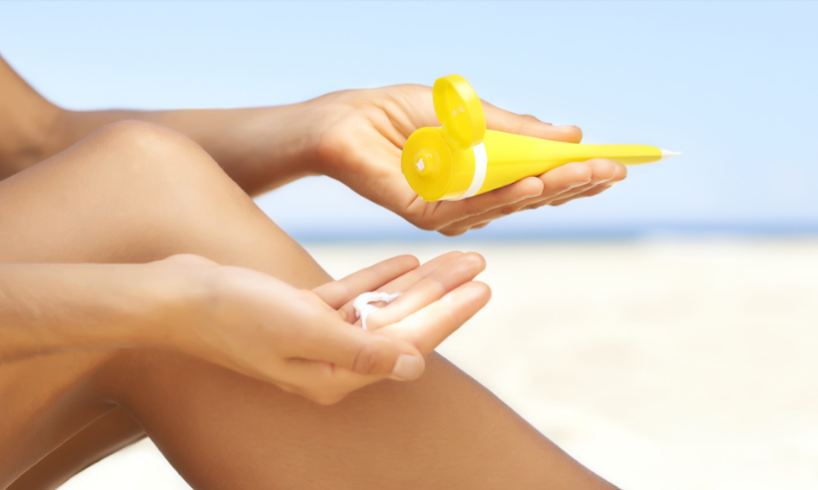
YDNews| Why does your skin require a Sunscreen?
Sunlight, despite being a source of life and energy, creates major health challenges like sunburn, pigmentation, wrinkles, immune-suppression and a number of skin cancers too. Sun-protective clothes or sunglasses provide an insufficient and less convenient approach to get rid of all these health hazards. Hence, using a sunscreen is a popular means of sun protection in various regions of the world.
Sunscreens are a constantly evolving component of the dermatologist’s therapeutic armamentarium. Ultraviolet radiation-induced skin damage creates the need for the development of broad-spectrum, safe, and cosmetically acceptable sunscreen.
But why does your skin require a Sunscreen? Sunscreens are medically recommended by most dermatologists for skin protection.
Due to the paucity of time and our busy schedule, we all need sunscreen with immediate action. Physical sunscreen has instant action and thus provide immediate sun protection. Moreover, being relatively inert, safe, stable, and non-irritating, physical sunscreen is particularly useful for patients with sensitive skin who cannot tolerate chemical sunscreen, in children and for long -term use because of their high safety profile.
Physical UV filters also offer high graded advantages over the chemical ones: they give broader spectrum protection (covering UVA and UVB), are photostable, and provoke lower allergenicity and sensitization.
The only drawback of a physical sunscreen is that they form a thick visible pigment layer on the skin. To overcome this, micro-fine oxides have been developed which make the sunscreens virtually transparent when applied on the skin. The resurgence of physical sunscreen has occurred at the most appropriate time and improved technology has made it possible to make them invisible on the skin.
Says, Alka Dogra, a Ludhiana-based Dermatologist
The most frequently used physical UV filters are titanium dioxide(TiO2), and zinc oxide (ZnO), and are among the three sunscreen ingredients approved by US-FDA to claim adequate coverage in the longwave range of the UAV spectrum.
TEASPOON RULE OF SUNSCREEN APPLICATION
Use more than half a teaspoon each on Head and Neck Area, Right Arm and Left Arm. Use more than a teaspoon each on Anterior Torso (front body), Posterior Torso (back body) and right arm, and left arm.
The amount of sunscreen needed to be applied to each body area to reach approximately 2mg/cm2 and to achieve the full rated SPF.
